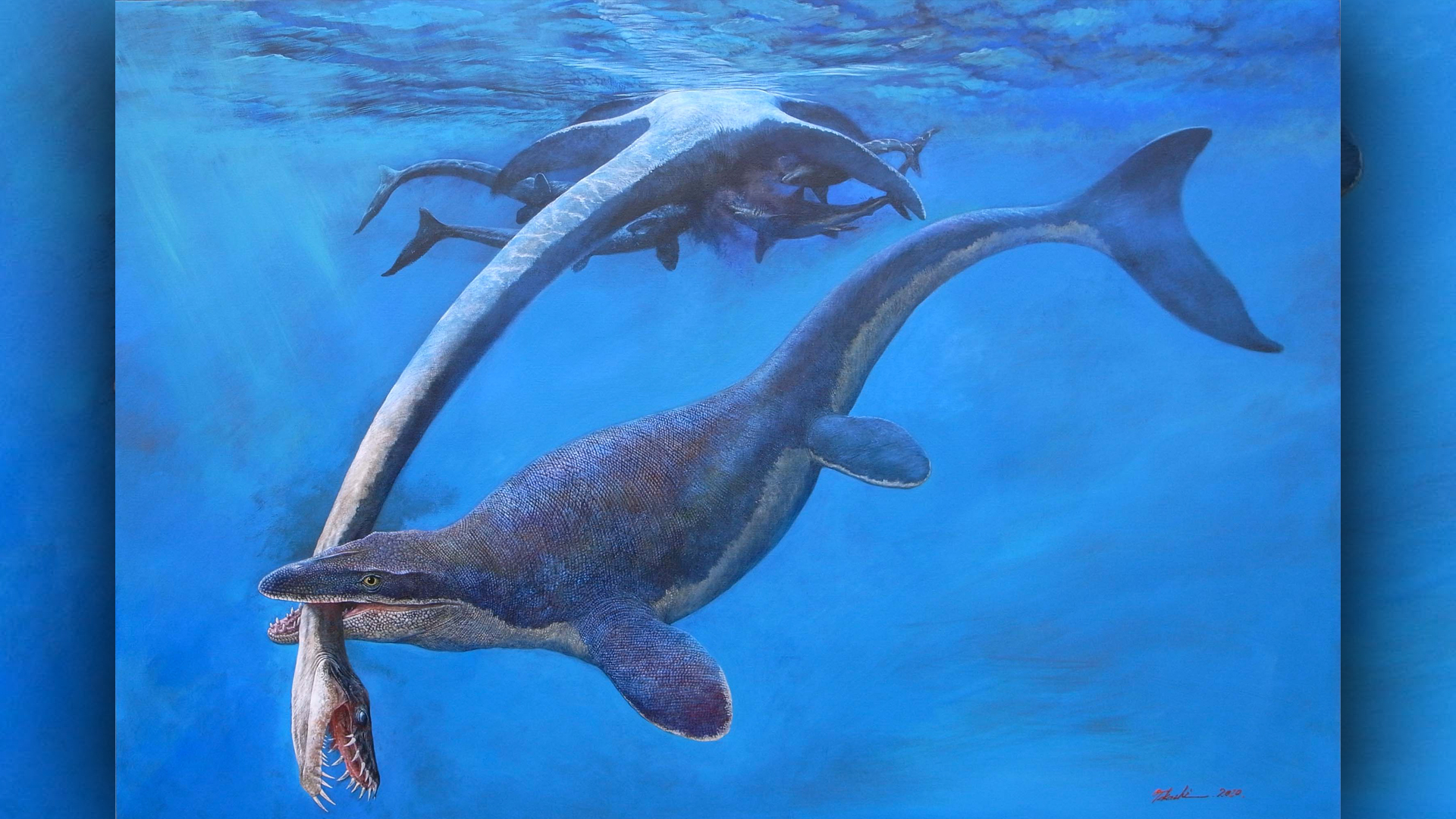Cretaceous Period
Latest about cretaceous period
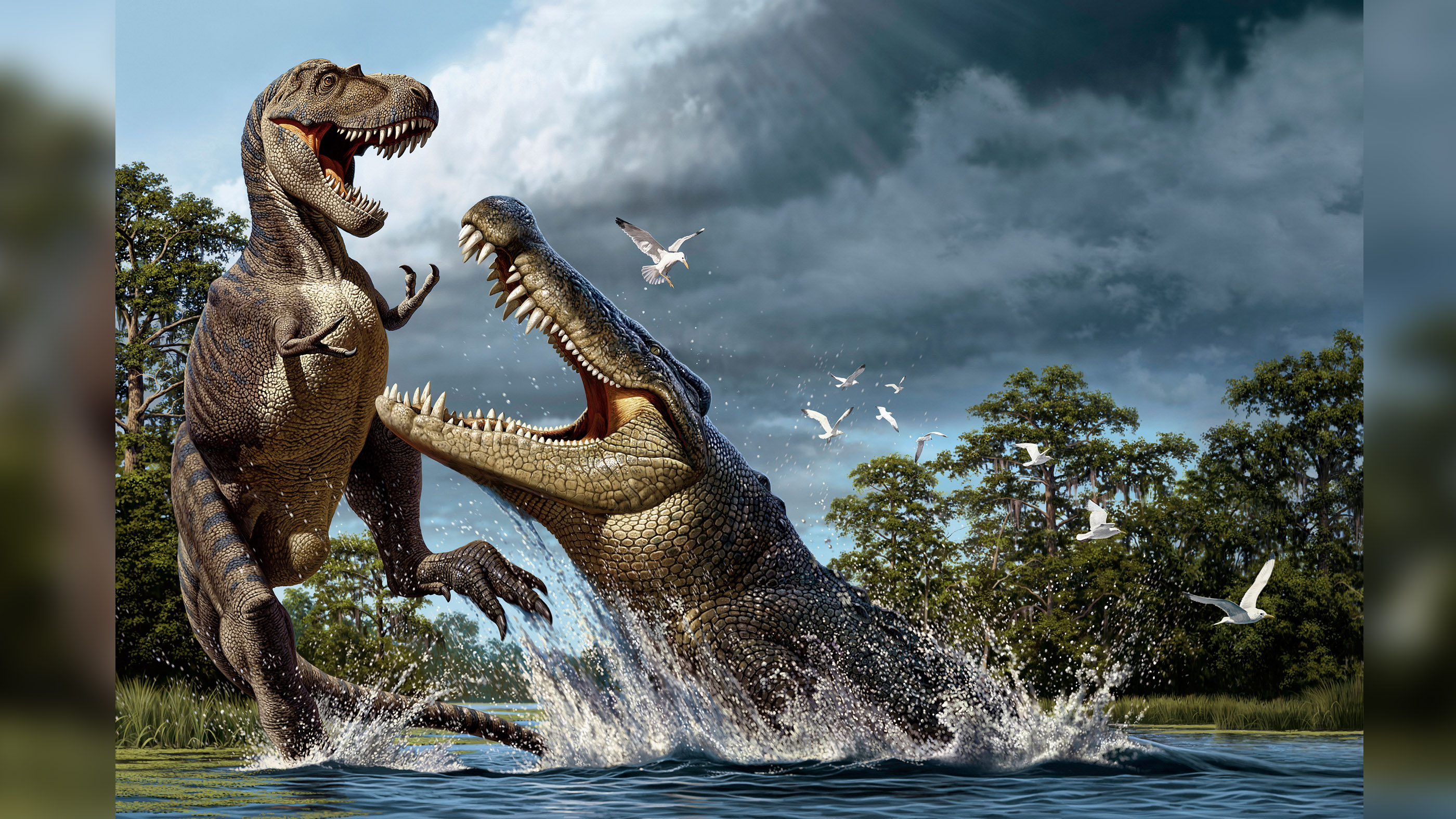
Cretaceous 'terror crocodile' crushed dinosaurs with banana-size teeth
By Mindy Weisberger last updated
New analysis of the ancient crocodylian Deinosuchus confirms that this apex predator had jaws and teeth that were powerful enough to subdue massive dinosaur prey.
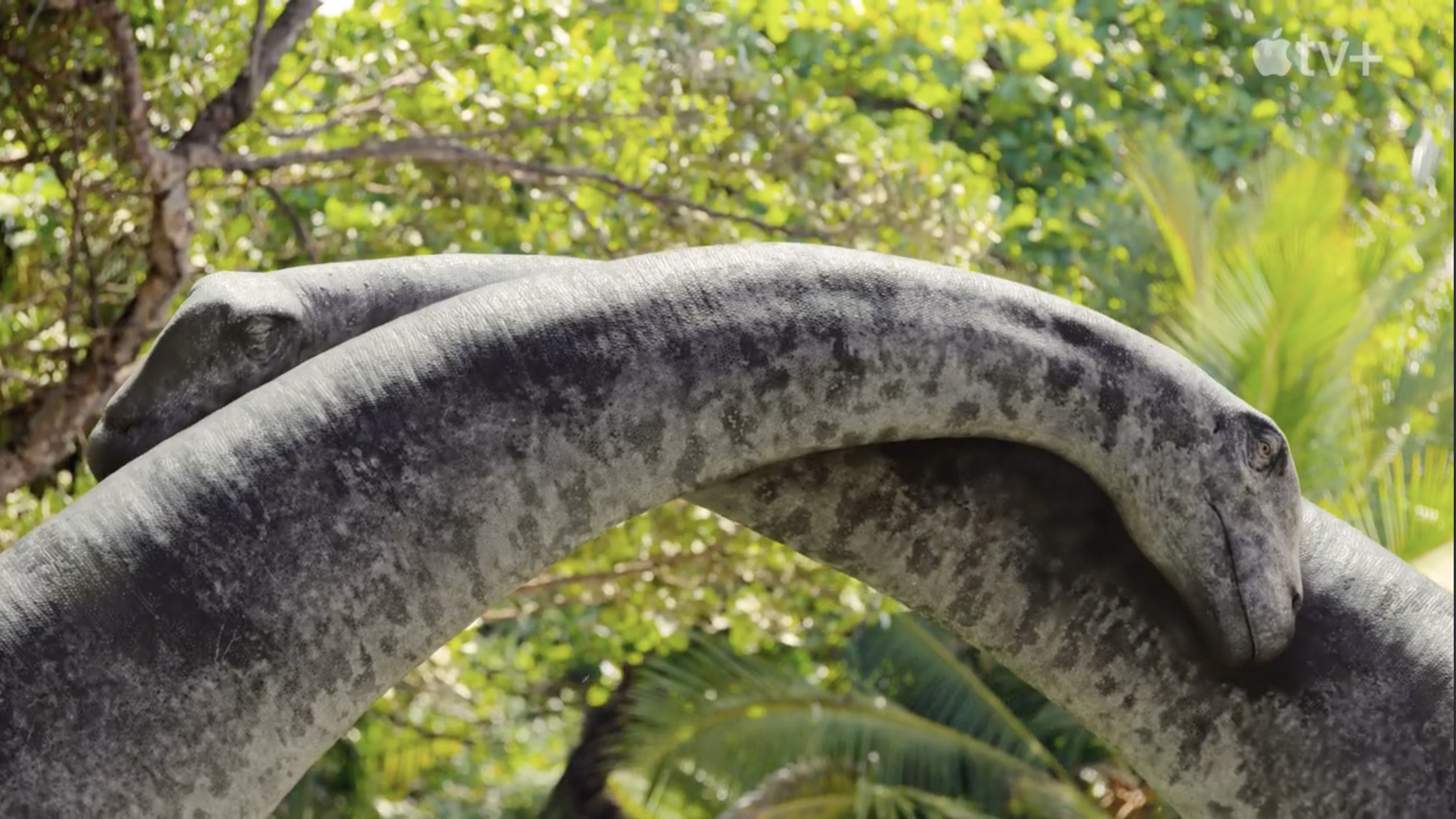
Cretaceous dinosaurs come to life in stunning footage from 'Prehistoric Planet'
By Ailsa Harvey, Mindy Weisberger last updated
'Prehistoric Planet,' a five-part documentary series, transports viewers into the mesmerizing world of the Cretaceous period.
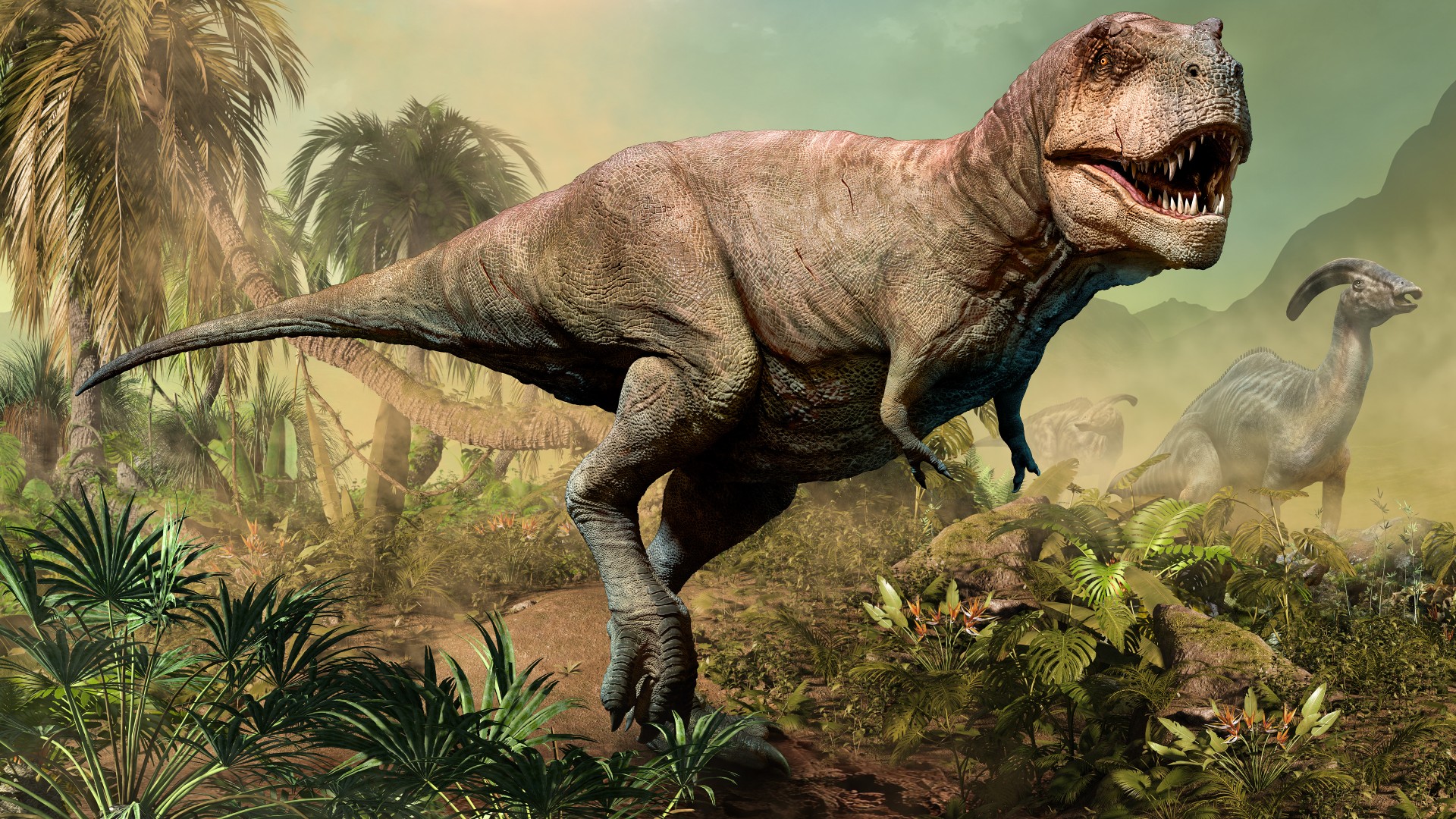
Cretaceous period: Animals, plants and extinction event
By Michael Dhar published
The Cretaceous period lasted approximately 79 million years, and ended with a major extinction event about 66 million years ago.
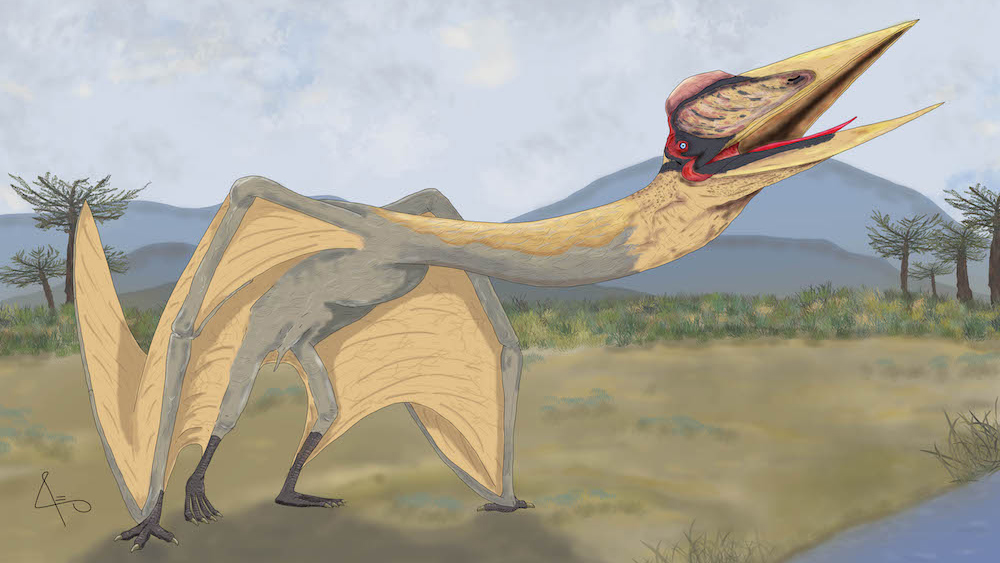
Giant 'dragon of death' with 30-foot wingspan unearthed in Argentina
By Jennifer Nalewicki published
Scientists recently discovered fossils in Argentina that belong to Thanatosdrakon. The specimens are the largest pterosaurs ever found in South America.

'Frozen in place' fossils reveal dinosaur-killing asteroid struck in spring
By Mindy Weisberger published
Around 66 million years ago, springtime in the Northern Hemisphere brought disaster and mass death to Earth in the form of a giant asteroid impact that triggered a global extinction.
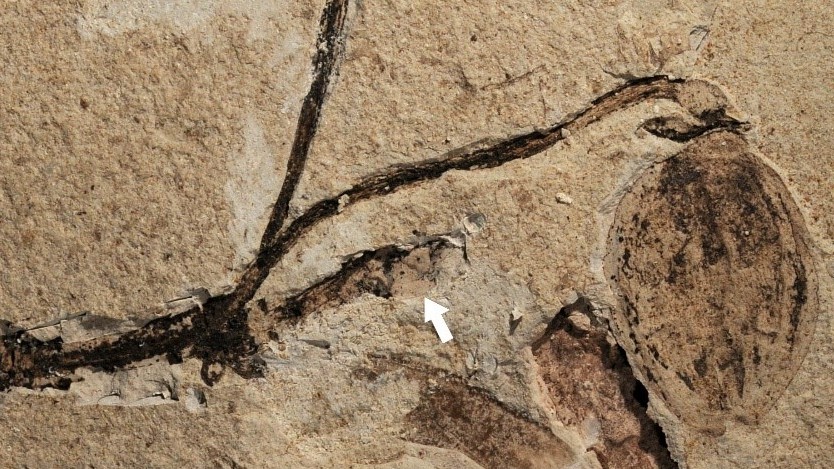
164 million-year-old plant fossil is the oldest example of a flowering bud
By Harry Baker published
Researchers in China have uncovered the oldest example of a fossilized flower bud ever.
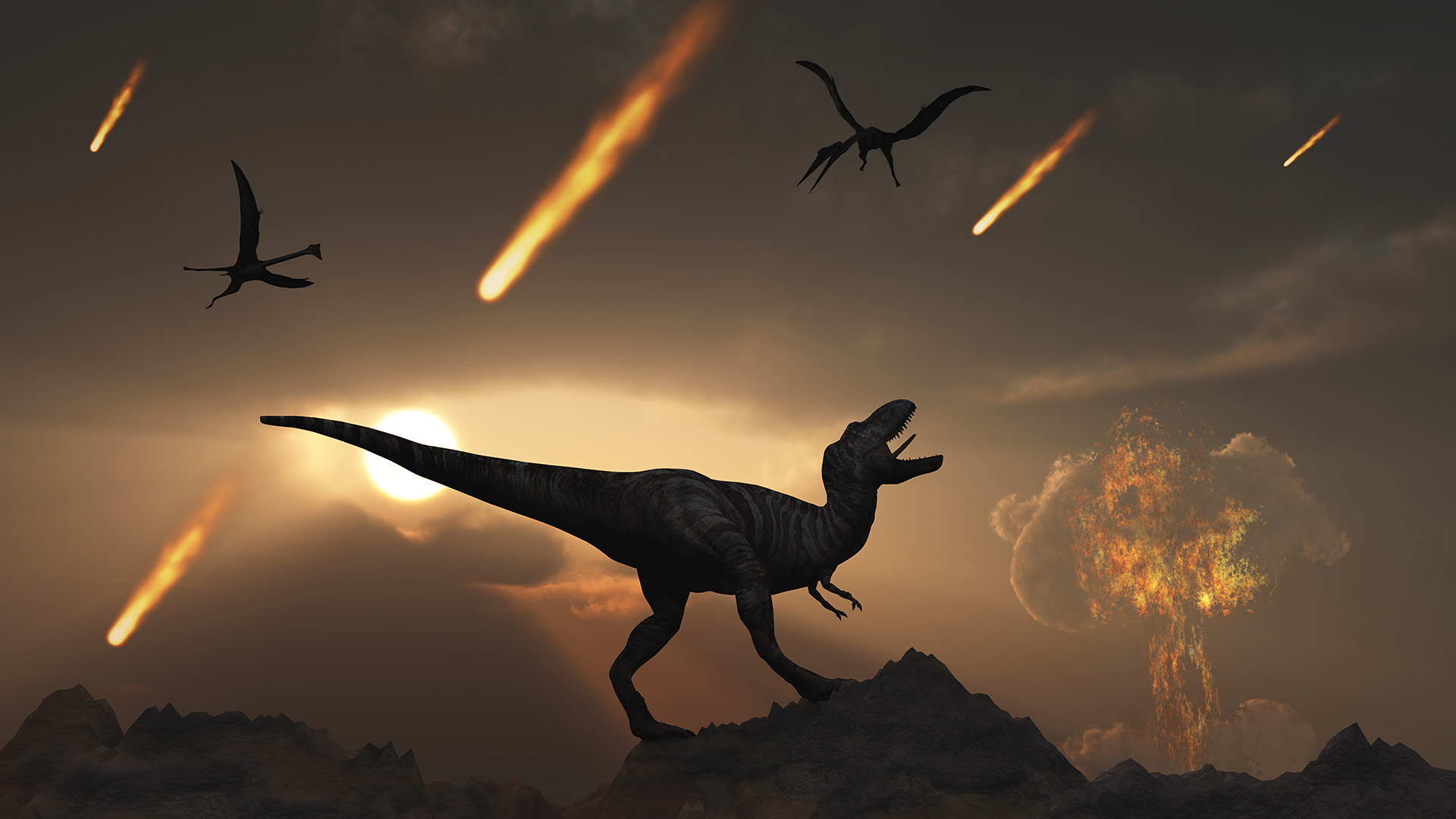
Darkness caused by dino-killing asteroid snuffed out life on Earth in 9 months
By Mindy Weisberger published
After an asteroid struck at the end of the Cretaceous period, debris from wildfires filled the atmosphere and blocked sunlight across Earth, causing ecosystem collapse and extinctions.

Earth tipped on its side (and back again) in 'cosmic yo-yo' 84 million years ago
By Harry Baker published
A new study has confirmed a longstanding theory that Earth's crust tilted to the side, and eventually back again, around 84 million years ago.
Sign up for the Live Science daily newsletter now
Get the world’s most fascinating discoveries delivered straight to your inbox.
